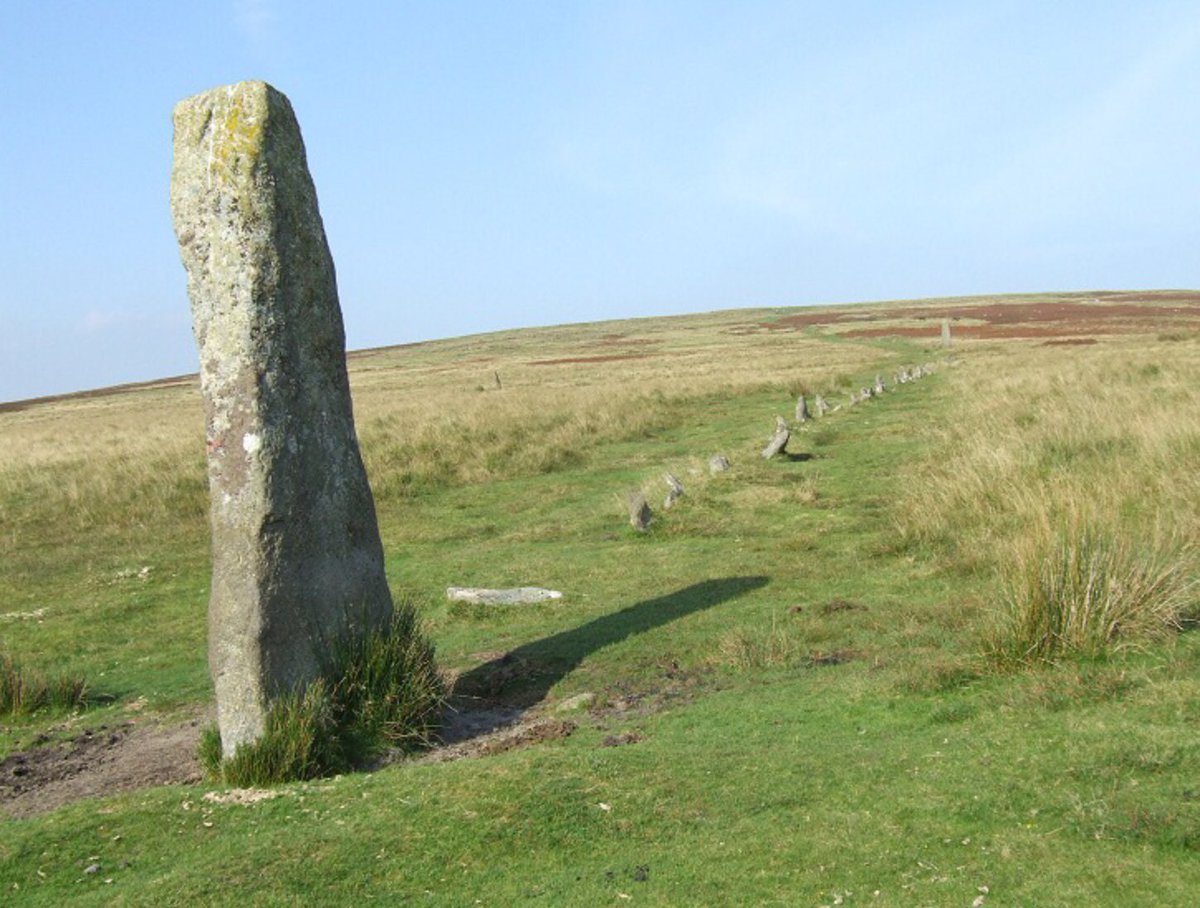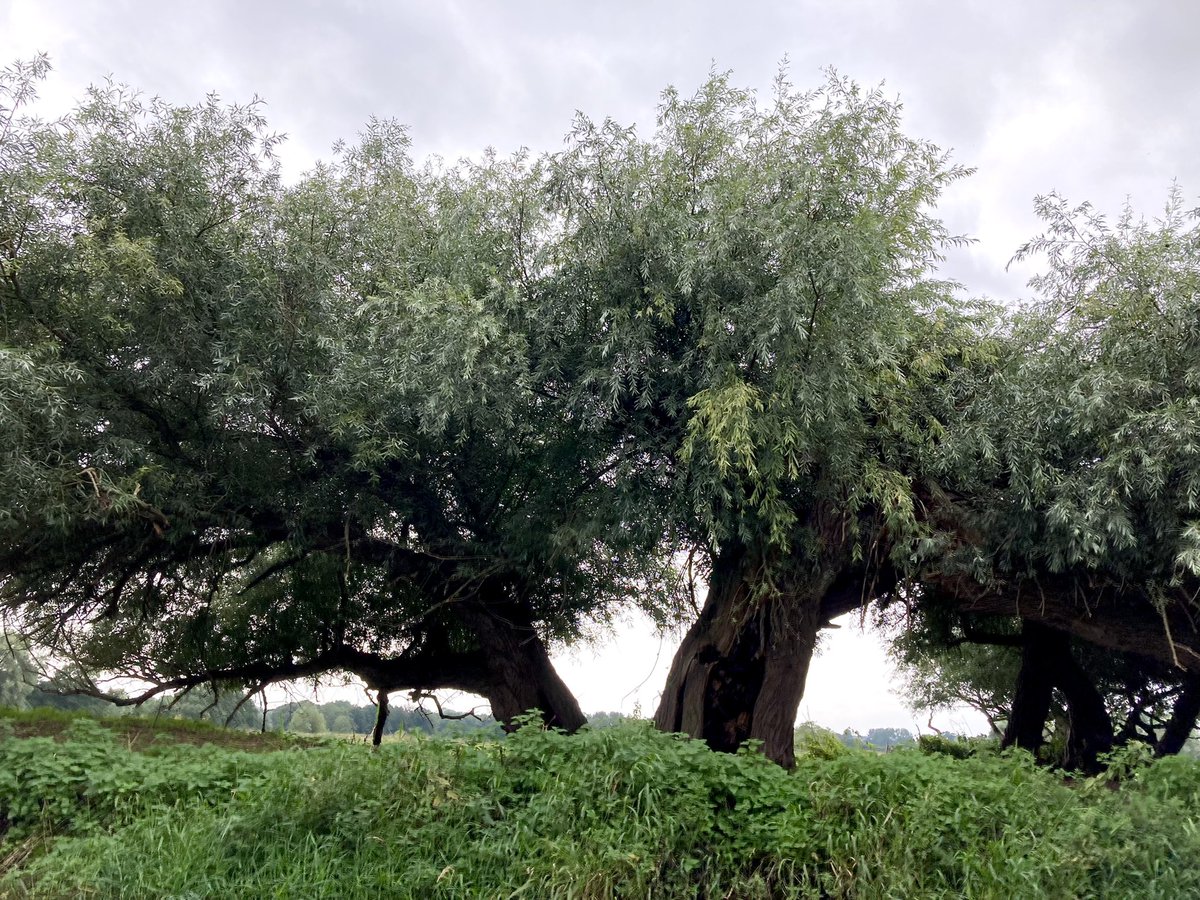Terrific research by @peterherring10 suggests that many upland stone rows & standing stones were deliberate visual markers of the specific areas of upland grazing in which 1 or another #BronzeAge group, settled at a distance, had rights of common pasture and that... (1) 

... marker stones like this one were placed where a group’s common pasture first came into view. They were visual signals in the landscape that framed that familiar point along a journey at which each of us knows with complete contentment that one has arrived 'home'. And .. (2) 

... this was how landscape & feeling were used to embed the collective memory of landscapes of each group’s collective rights in one generation after the next, to pass it on to the young people who accompanied the experienced herders.. (3) 

And you can find all this and more in @peterherring10’s terrific chapter on stone rows in 'Monuments in the Landscape', edited by Paul Rainbird (History Press, 2008). 

• • •
Missing some Tweet in this thread? You can try to
force a refresh














